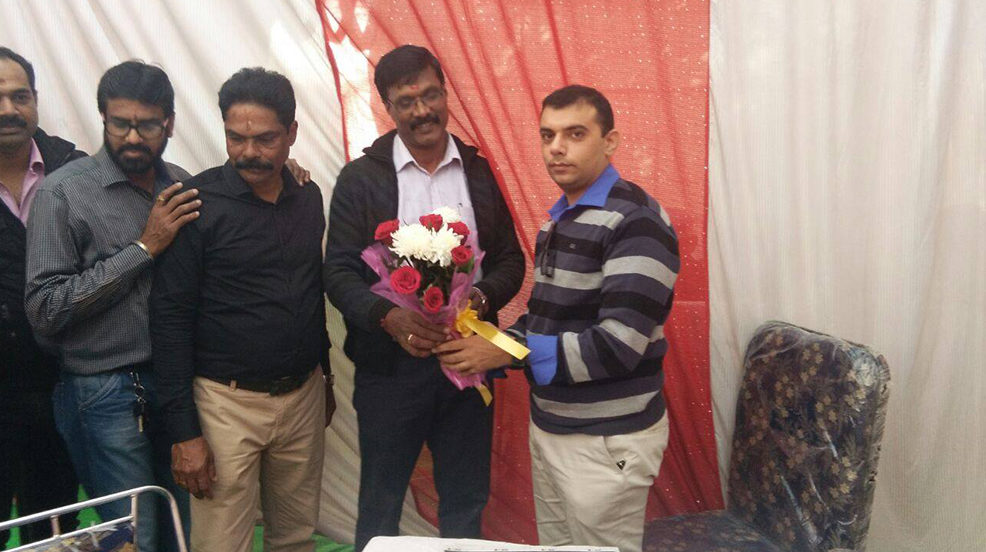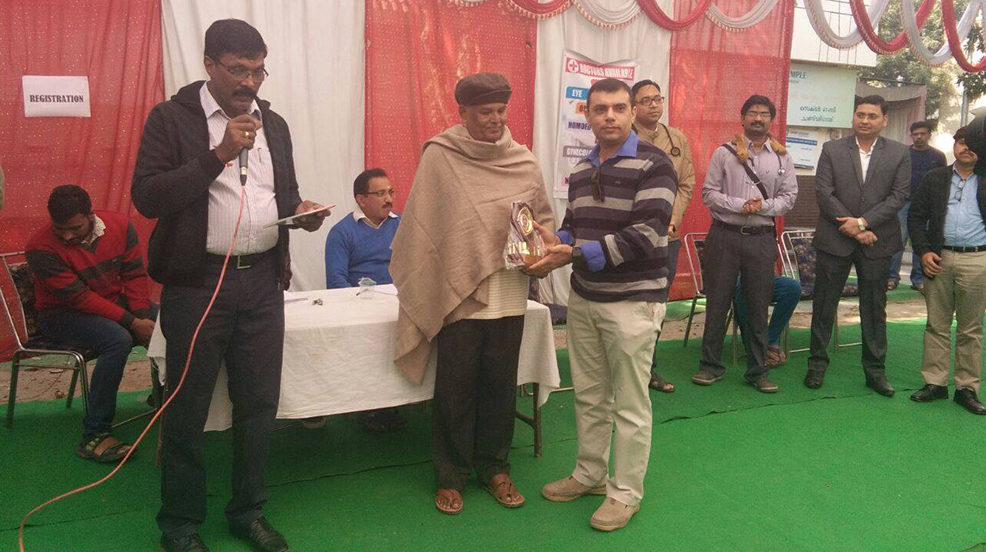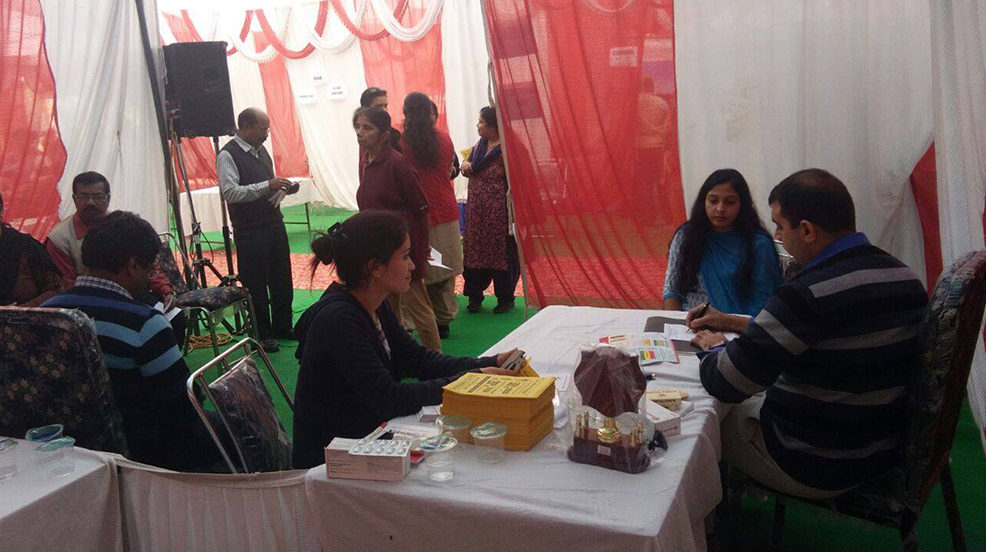Neck pain is a common ailment that can affect individuals of all ages and backgrounds. It can be a debilitating condition that interferes with daily life, causing discomfort and reducing quality of life. In this article, we will explore the causes, symptoms, and various treatment options for neck pain to provide a better understanding of this prevalent issue.
Causes of Neck Pain
Neck pain can be caused by a variety of factors, ranging from muscle strain to more serious underlying conditions. Some of the most common causes include:
- Muscle Strain: One of the leading causes of neck pain is muscle strain. Poor posture, overexertion, or awkward sleeping positions can lead to muscle tension in the neck, resulting in pain and discomfort.
- Poor Ergonomics: Prolonged periods of sitting or working at a computer with improper ergonomics can strain the neck muscles, leading to pain and stiffness.
- Trauma and Injury: Neck pain can also result from accidents, such as car crashes or falls, where the neck is subjected to sudden and forceful movements.
- Degenerative Conditions: Conditions like osteoarthritis and degenerative disc disease can cause gradual wear and tear of the cervical spine, leading to chronic neck pain.
- Herniated Discs: A herniated or bulging disc in the cervical spine can press on nerves, causing radiating neck pain and discomfort.
- Pinched Nerves: Nerves in the neck can become pinched or compressed, causing shooting pain, tingling, and numbness in the neck and upper extremities.
Common Symptoms of Neck Pain
The symptoms of neck pain can vary in intensity and duration, depending on the underlying cause. Some common symptoms include:
- Stiffness: Individuals with neck pain often experience stiffness in the neck, making it difficult to turn or move their head.
- Pain: Neck pain can range from a dull, aching discomfort to sharp, shooting pains, depending on the severity and cause of the pain.
- Headaches: Neck pain is frequently associated with tension headaches, which can radiate from the neck to the base of the skull and forehead.
- Numbness and Tingling: Pinched nerves or herniated discs may cause numbness or tingling sensations in the neck and down the arms.
- Limited Range of Motion: Neck pain can restrict the ability to turn or tilt the head, impacting daily activities.
Treatment Options for Neck Pain
The appropriate treatment for neck pain depends on the underlying cause, severity, and the patient’s individual needs. Here are some common treatment options:
- Rest and Lifestyle Modifications: In cases of mild neck pain, resting the neck and making lifestyle modifications, such as improving ergonomics and maintaining good posture, may be sufficient.
- Physical Therapy: Physical therapy involves exercises and techniques to strengthen neck muscles and improve flexibility. It can be highly effective in treating neck pain, especially when related to muscle strain.
- Medications: Over-the-counter pain relievers, such as nonsteroidal anti-inflammatory drugs (NSAIDs), can provide temporary relief from neck pain. In some cases, a doctor may prescribe stronger pain medications or muscle relaxants.
- Heat and Cold Therapy: Applying heat or cold to the neck can help reduce inflammation and alleviate pain. Cold packs are generally recommended for acute pain, while heat therapy is better for chronic pain.
- Neck Braces or Collars: In certain situations, a neck brace or collar may be prescribed to provide support and limit neck movement during the healing process.
- Injections: Corticosteroid injections may be recommended for individuals with severe neck pain or nerve compression. These injections can help reduce inflammation and relieve pain.
- Surgery: Surgery is typically considered a last resort for neck pain and is only recommended in cases of severe herniated discs, spinal instability, or other structural issues.
Prevention and Maintenance
Preventing neck pain is often more manageable than treating it. Some preventive measures include:
- Maintaining Good Posture: Be mindful of your posture while sitting, standing, and using electronic devices. Avoid craning your neck forward or slouching.
- Ergonomic Workstation: Set up an ergonomic workstation with an adjustable chair, monitor, and keyboard to reduce strain during work or study.
- Regular Exercise: Strengthening the neck and upper back muscles through regular exercise can help prevent neck pain.
- Stretching: Incorporate neck and shoulder stretches into your daily routine to improve flexibility and reduce muscle tension.
Conclusion
Neck pain is a widespread condition with various causes and symptoms. Understanding the potential causes and available treatment options is essential for managing and alleviating neck pain. If you are experiencing persistent or severe neck pain, it is advisable to seek medical advice to determine the underlying cause and receive appropriate treatment. Adopting preventive measures and maintaining a healthy lifestyle can reduce the risk of developing neck pain and enjoy a pain-free life.





